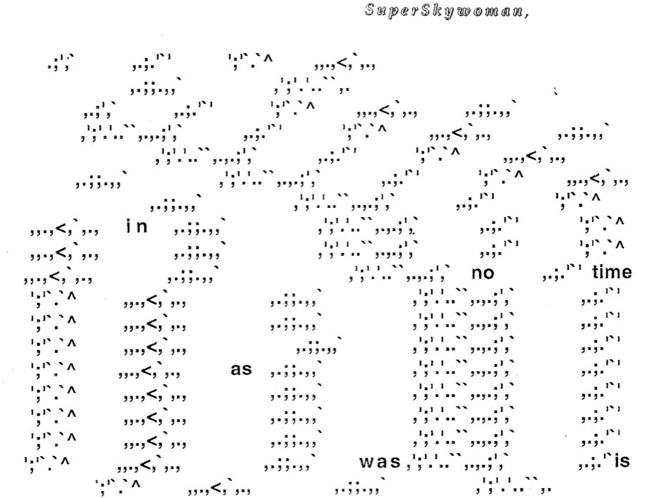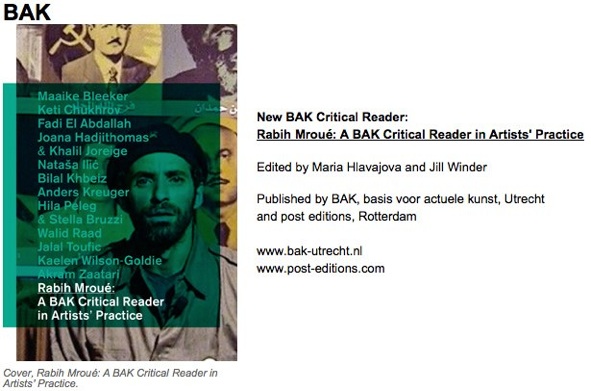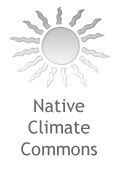
OP1A OP1B OP2 OP3 Links 3&4 OP4 OP5 LInks 5 Op6 LR GU
7-Year2 #1-LIPD 7-Year2 #1-LIPD Links 8-Year2 #2
Links WW 8&9 Year2 #2 & #3 9-Year2 #3 Regenerative Healing
Right Brain 10-Year2 #4 Art in earth Left Brain 10-Year2 #4 eARTh
Links 10-Year2 #4 11-Year2 #5 Nicole’s Elf reWrite 11-Year2 #5
Abandoned 11-Year2 #5 Appendix 12 LR Mahara 12LR i-web
432 Words 7 Images
Commons Protection,
All need to do their Homework

WHO
2012

HOW
2012

WHY
2012
-
1.Dangers to our downstream neighbors now need extra prevention with UV light & other Wastewater conversion methods. Enter John & Jonathan Todd JTED biodiverse safer way.
-
•Art strikes a Commons Nerve...
-
•An appeal to action on the human face of common need...
-
•Permaculture as indigenous art of Commons retrieval...
-
•Indigenous communities used creative contracts to safeguard traditional knowledge...
THE VENICE BIENNALE STRIKES A CHORD TO REGENERATE THE COMMONS

As I see commons, a vast plurality of local commons witness loss of Indigenous languages which derive from experience of what the world encompasses: relationships, seeds, foods, real abundance, land knowledge. With each removed, language & cultures go chicken & egg into attrition. It’s easier for dominant genocidal colonial languages enclosing the commons to replace once-rich healthful life-based languages & cultures. Civic & political imagination could regenerate & re-legalize enclosed commons. Within each of us lies what came before. Our first clan is alive in me.
Connectives stops, holds, inserts, accents, qualifiers & continuations of the: .period ;semicolon, <less than `accent :qualifier ...continuations in our modern languages may be our action future. I remember David Haenke partially visible behind a small cedar tree at the 1988 Squamish Bioregional Congress, emerging like punctuation then retreating back into treedom when something accentuating needed saying.



Commons Institutions evolved by overuse beyond local needs. National & global economic opportunities are not available to indigenous captives of government, yet neverendingly impact commons use creating export, weakening community-based enterprise. This (Timmer and Juma 2005; Berkes 2007) report would have you believe otherwise. They say, Many community-based enterprises are able to take advantage of collapsing spatial scales that characterize national and global market globalization, thus “opting in” to the global economy (Anderson et al. 2006). They claim Rural & indigenous groups use community-based enterprise for improving their livelihoods by creating new sources of income. But in Russel Means’ recounting, better access to indigenous resources has not been allowed, sacrificing their economic development.
“Indigenous peoples stand to be among the most affected by global climate change....They are tied intimately with their collective lands through their cosmology, history and spirituality from which removal to escape climate impacts threatens their cultural survival. Even were indigenous peoples willing to move to adapt to changing conditions, modern legal structures often confine them to reservations and define their rights to self-determination...”

Mroué’s work explores how varied modes of art can open up possibility of civic and political imagination.
SuperSkyWoman went to Democracy School to help regenerate the Commons.
Her next OP11 proactively brings the JTED EcoMachine to Lyons CO.